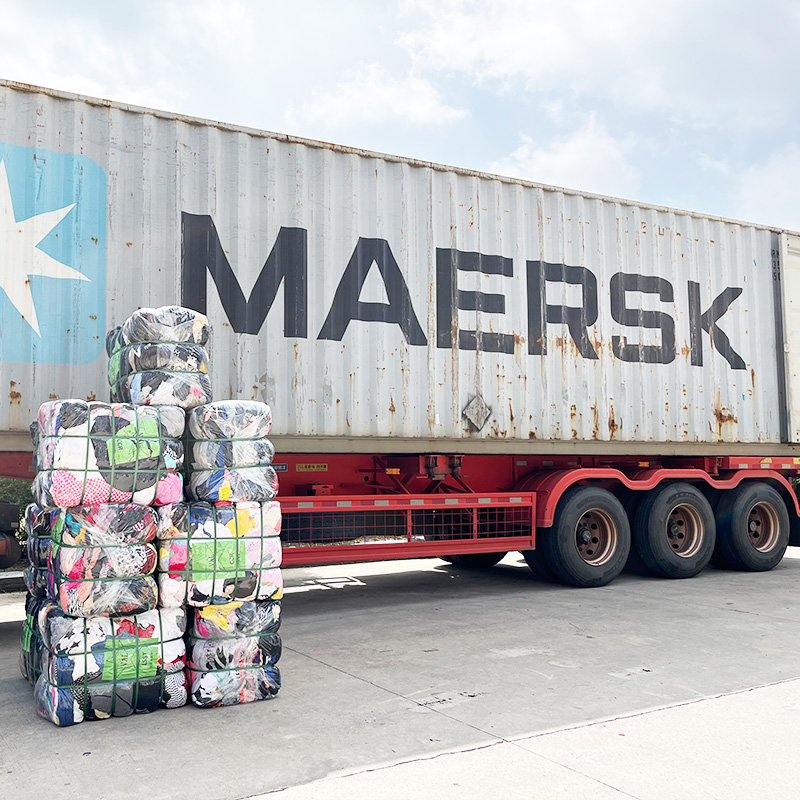
30
Jul
The role of second-hand clothes in the international market
The role of second-hand clothing in the international market has evolved significantly in recent years, transcending mere commodity exchange to encompass complex economic, cultural, and environmental dynamics. This multifaceted phenomenon is particularly evident in the global trade network, where second-hand apparel has emerged as a pivotal player.
From an economic perspective, second-hand clothing serves as a cost-effective alternative for consumers in developing countries. China, for instance, has transformed from being a major importer to a leading exporter of second-hand clothes, supplying markets in Africa, Southeast Asia, and South America. These regions, where income levels are relatively lower and demand for affordable fashion is high, have welcomed Chinese second-hand clothing with open arms. The affordability factor is crucial, as it allows individuals with limited disposable income to access clothing options that might otherwise be unaffordable. According to statistics, the global second-hand clothing market has grown rapidly, with sales exceeding 197billionin2023,andprojectionsindicatingamarketvalueof350 billion by 2028.
Culturally, second-hand clothing has transcended its material form, becoming deeply embedded in the social fabric of recipient countries. In Kenya, for example, second-hand clothing has not only provided affordable fashion options but has also shaped unique consumption patterns and value systems. Locals have actively shaped the market, creating a vibrant secondary clothing culture that reflects their tastes and preferences. This localization process underscores how second-hand clothing transcends mere utilitarian functions, becoming a symbol of cultural appropriation and identity construction.
Environmentally, the rise of second-hand clothing trade is a testament to the growing global consciousness towards sustainability. As fast fashion contributes significantly to waste generation and environmental degradation, second-hand clothing offers a viable solution by extending the lifecycle of garments and reducing the need for new production. By diverting used clothing from landfills, this trade promotes circular economy principles and mitigates the environmental impact of the fashion industry.
Moreover, technological advancements and e-commerce platforms have further fueled the growth of the second-hand clothing market. Platforms like ThredUp and SHEIN Exchange facilitate seamless transactions, connecting sellers and buyers worldwide. This digitization not only enhances accessibility but also promotes transparency and trust in the market.
In conclusion, second-hand clothing plays a pivotal role in the international market, serving as a bridge between economic affordability, cultural appropriation, and environmental sustainability. Its impact extends beyond mere financial transactions, shaping consumer behaviors, fostering cultural exchange, and promoting environmentally responsible practices. As the global trade network continues to evolve, the significance of second-hand clothing is set to intensify, further underscoring its multifaceted and indispensable nature in the contemporary world.
